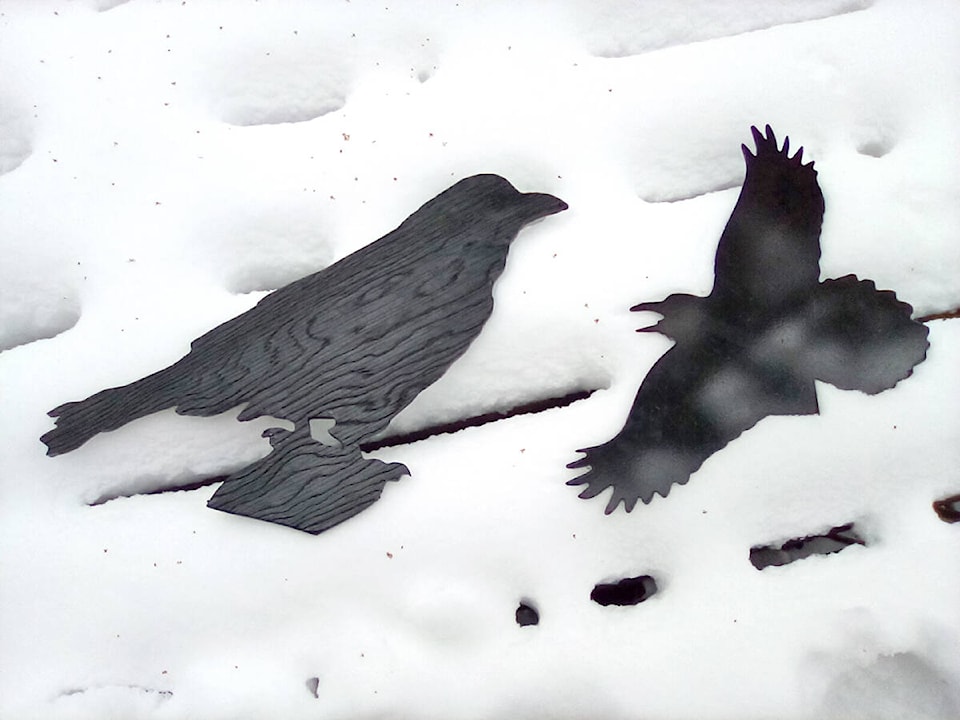A long time ago when I was a teenager, I went to an alternative film festival. It showed a number of films that never made it to the commercial screens or TV but was none-the-less entertaining. One of the films dealt with documentaries and how they were made and how they can affect people’s perspective and perception.
The film started with a short clip of baboons swinging through the trees, eating, young ones chasing each other around and rough housing and older ones interacting with young ones. Then they played the same clip but with somber or angry music and a voice-over saying how mean and nasty they were to each other. Then they repeated the clip with nice happy music and the voice-over said see how they help each other, share food and the young ones play.
So did the one baboon give food to the older one or was it taken. Were the young baboons playing as they chased each other around or were they fighting. Could you tell just by watching the film or were your perceptions changed by the music and the voice-over.
Theoretically we know humans better then we know animals so they showed some clips of kids, and people could tell in which one’s the kids were playing and which kids were fighting. The announcer said if kids are throwing snowballs at each other that is probably play but if they are throwing rocks that is probably fighting. That got a laugh. Then there were some clips of animals interacting and it was much harder to tell.
It was an interesting documentary and certainly showed how one’s perception like it or not is affected by the mood, music and the voice-over. It also shows how the news can show a video clip of let’s say a demonstration and the commentary can certainly affect the way people see the event, whether it is right or wrong. Sometimes I will watch a documentary, especially nature ones with the sound turned down, so I can decide for myself just what is going on. Nature can be a lot more complicated than it looks.
One day recently I was walking along the Frame Lake Trail. A raven came swooping over me from behind and startled me with its whoosh as it flew over maybe five metres above me. It was going full speed and had a raw pork chop in its beak. I assume it had gotten the pork chop from a dumpster or maybe someone’s grocery bags left unattended. In hot pursuit were three other ravens trying to catch up with it to presumably share in the feast. They were zag-zigging, banking, and doing sharp turns as well as making quite a racket.
Then the pork chop slipped out of the lead ravens’ beak and landed with a thud on the trail but was immediately scooped up by one of the chasers and he or she took off in another direction, with the rest of the ravens chasing after the new leader. I lost sight of them for a minute or two then the chase appeared again. Once again, the pork chop came falling down onto to the trail, and once again was picked up by another raven and the chase continued.
So, was I watching the ravens trying to steal food from one another or were they in fact playing some sort of game? The fact that the pork chop when dropped always ended up on the trail was curious. It certainly seemed like they might be dropping the prize on purpose. Ravens are a lot smarter than many people think and I suspect this was more of a game to them than a fight over food.
If I had a video of what I saw, I could put a voice-over on it describing either case and people would probably believe it, but truth be told it could be an example of ravens at play or trying to steal food or even a little of both. Seeing is believing but understanding what you are seeing is open to a whole lot of interpretation and bias. That’s life.
